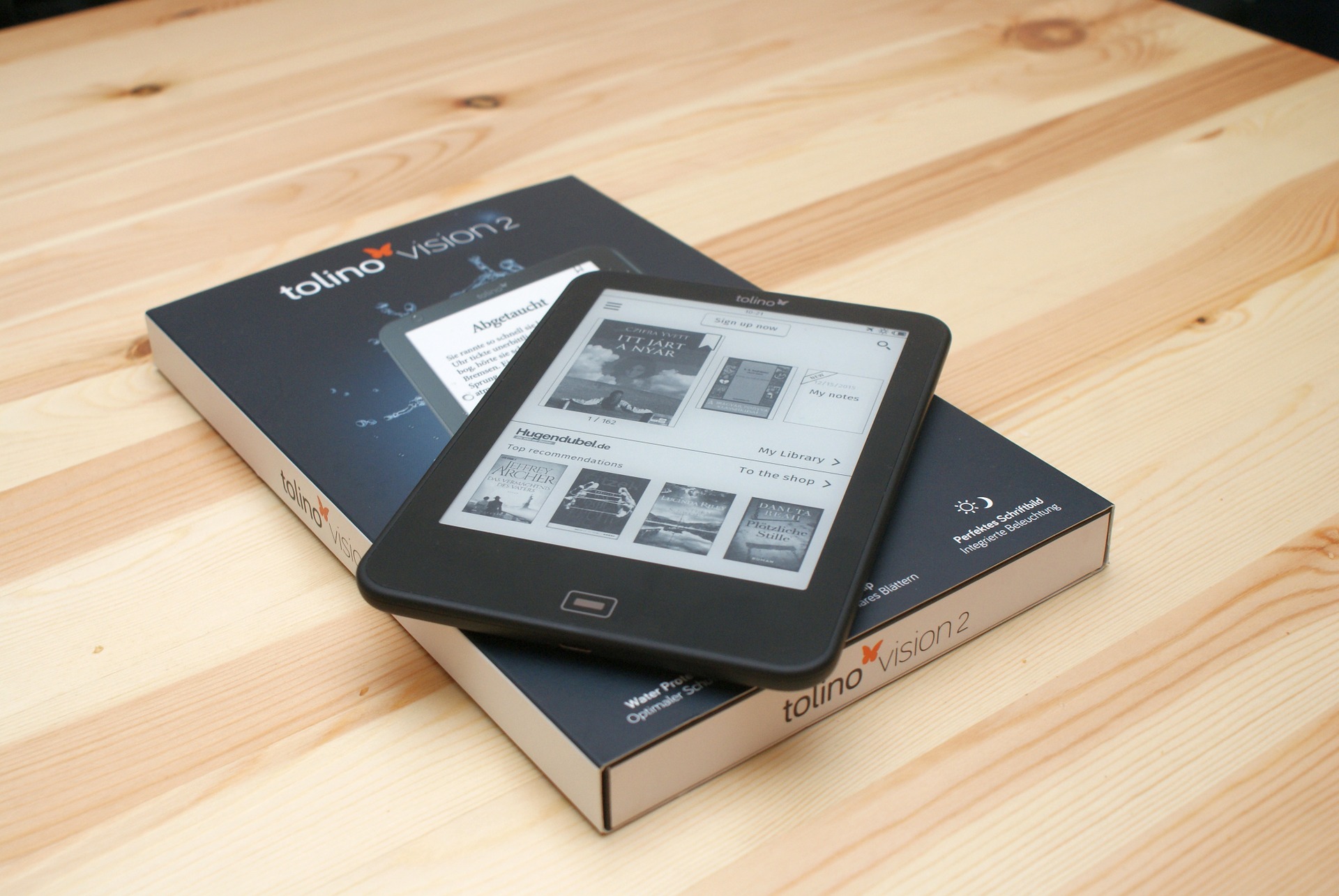E-books have been revolutionising all publishing sectors, and the scholarly publishing is no exception. The article attempts to evaluate how the electronic publishing and e-books have been progressing among the scholarly publishers in Malaysia, particularly in the tertiary education market.

For almost a decade or so, scholarly publishers in Malaysia have been trying to figure out ways to capitalise the rise of e-books.
But the struggle has been real, with several factors hindering their progress. Some of these include challenges in identifying optimised formats, executing the right pricing strategy, exerting control on the e-book size, encrypting the digitalised contents, and getting the e-books out to worldwide users.
The situation is about to take an optimistic turn in 2012. On 4-5 December 2012, the inaugural ASEAN Ebook Conference was held in Kuala Lumpur, garnering participants from Malaysia and neighbouring countries including Singapore, Indonesia, Thailand and Vietnam.
The two-day event was co-organised by the National Book Council of Malaysia (MBKM) and the Malaysian Book Publishers Association (MABOPA), taking place at Vistana Hotel Kuala Lumpur.
A number of representatives from a few local universities and academic publishers were present in this conference. Here, they were exposed—to many participants, for the first time—to EPUB, an emerging e-book format that would eventually be adapted by many of the Malaysian scholarly publishers.
 EPUB seems to offer the perfect end-to-end solution to the long e-book saga: it is a widely accepted e-book format; e-book size can be kept minimised; EPUB’s digital rights management (DRM) capability can keep piracy at bay; and worldwide distribution looks within reach.
EPUB seems to offer the perfect end-to-end solution to the long e-book saga: it is a widely accepted e-book format; e-book size can be kept minimised; EPUB’s digital rights management (DRM) capability can keep piracy at bay; and worldwide distribution looks within reach.
Additionally, EPUB standard keeps on evolving, with every new standard or generation offering more features such as rich interactivity, and incorporation of audio and video.
Getting the EPUB format ready requires technical skills and involves a significant revamp in the existing publishing workflow. Plenty of scholarly publications incorporate illustrations, mathematical symbols, and special characters (e.g., Chinese, Arabic), and converting the book contents from the original desktop publishing format (e.g., InDesign, PDF, etc.) is not as straight forward as converting text-based novels.
While EPUB offers reflowable format (where the e-book contents would “flow” seamlessly between pages and adapt the presentation to different screen sizes and device models), many publishers would want to maintain fixed layout (e.g., books on poetry) for certain publications, rendering reflowable feature quite irrelevant to these publications.
An alternative to in-house production of e-books is partnering with e-book conversion partners, a strategy being implemented by a number of scholarly publishers. Outsourcing the conversion takes the headache off the production cycle, while maintaining high quality and clean outputs. But then, this requires money.
One of the pioneering e-book aggregators/distributors in Malaysia is e-sentral.com, which, since its inception, had been a big proponent of EPUB format. Apart from offering retail distribution of e-books, e-sentral.com also work with libraries to offer library package solutions in the form of “electronic loan.”
e-sentral.com owns right for e-book distribution within Asia Pacific. Among the Malaysian university publishers distributing their e-books with e-sentral.com now include Penerbit Universiti Malaya (UM), Penerbit Universiti Sains Malaysia (USM), Penerbit Universiti Sains Islam Malaysia (USIM) and Penerbit Universiti Malaysia Pahang (UMP).
Efforts in e-book distribution beyond the Asia Pacific shores have also been intensified. After a cracking production year in 2013, Penerbit USM emerged as the first university publisher in Malaysia to break into global e-book distribution network, partnering with a few major e-book aggregators and platforms such as Amazon.com, Google Play, Apple Store, Trajectory, Kobo and Overdrive, making its e-books available in all regions.
The Penang-based university publisher was later tapped by the Malaysian Scholarly Publishing Council (MAPIM), and then the Perbadanan Kota Buku to collaborate with other local university publishers in realising the “digitalisation of scholarly contents” as part of a bigger national agenda. The latter would rope in e-sentral.com developer to provide a new, white-labeled e-book distribution platform by the name of BookCapital.my.
After years of continuous growth, worldwide e-book sales took a tumble in 2015 and 2016, while sales of paperback made an encouraging comeback. Scholarly publishers, including those in Malaysia, took a considerable hit, and some progress were significantly halted.
Slower progress in e-book growth is to be expected in the scholarly market in Malaysia, compounded by the financial adversity many local universities are facing. Libraries are also finding themselves with less fund at their disposal.
Nevertheless, hopes are still high on e-books as the next-generation knowledge delivery vehicle, where the Z-generation, who would populate the tertiary education ecosystem in a few years time, is expected to play a major role in the shift of content consumption, and getting the world moving towards digital lifestyle.


1 thought on “E-books in Scholarly Publishing: Malaysia’s Perspective”